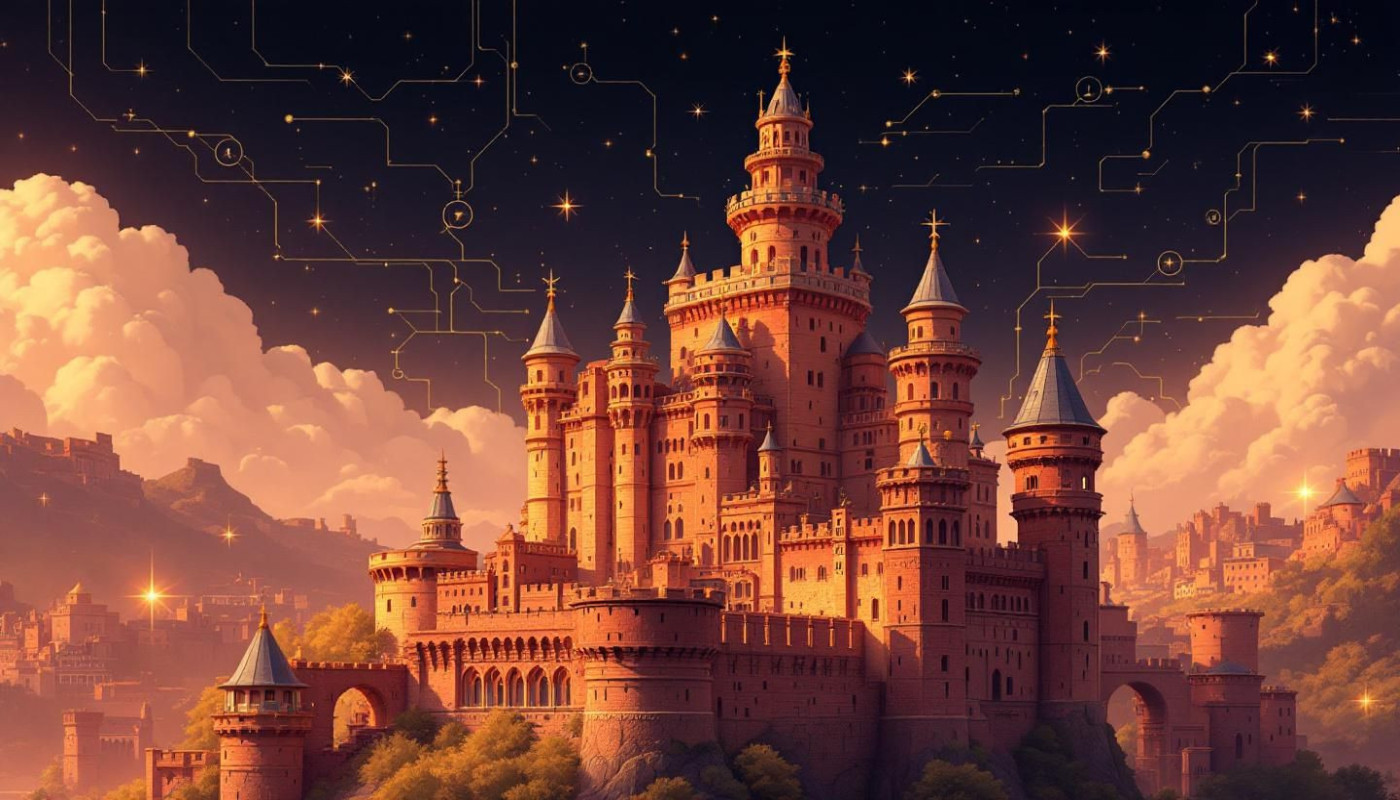Table of contents
Immersing ourselves in the world of art, we come to appreciate the beauty of creation, the profound impact of a brushstroke, and the power of design. Revisiting lost and forgotten art techniques brings a unique perspective, fusing the ancient with the modern, and allowing us to interact with the history of creative expression. This fusion not only revives these practices, but also infuses new life into modern art, making it richer and more complex. It's crucial that we explore these forgotten art techniques to broaden our perspective and deepen our understanding of art. This article delves into the pivotal role of ancient inspiration in modern art, exploring the importance of reviving forgotten art techniques.
Appreciation of Ancient Techniques in Modern Art
The practice of merging ancient techniques with modern art is seeing a resurgence, a phenomenon referred to as "artistic synthesis". This term encapsulates the process by which modern artists breathe new life into time-honored methods, integrating them into their contemporary creations. Not only does this fusion enhance the artist's skill set, but it also plays a pivotal role in enriching art appreciation among the public.
The revival of these age-old techniques has a significant impact on the artistic landscape, adding depth and variety to the spectrum of modern art. This renaissance of ancient methods serves as a bridge between the past and the present, allowing modern art enthusiasts to connect with art history in a tangible way. Furthermore, this integration of old and new generates a fresh lens through which the public can view and understand the evolution of art.
Artists who employ such techniques in their work offer viewers an immersive experience; one that transcends time and space, encapsulating centuries of cultural and artistic expression within a single piece. By fusing the new with the old, these artists not only preserve but also reinvigorate the appreciation of art, demonstrating that the power of artistic synthesis is indeed profound and far-reaching.
Exploring the Intersection of Tradition and Innovation
Art has always been a playground for the creative mind, a realm where the boundaries of perception are constantly challenged and redefined. The art world is presently witnessing a profound phenomenon that combines the old and the new: the creative amalgamation of tradition and innovation. This convergence forms a unique intersection in art, coalescing the wisdom of the past with the possibilities of the future.
Traditional techniques, steeped in historical roots, are being infused with contemporary innovation to create compelling artistic expressions. The result of this fusion is a distinct blend of art that is both contemporary yet deeply ingrained in history. These pieces reflect the richness of our shared cultural heritage while also epitomizing the spirit of invention and progress.
From the use of ancient pottery techniques in modern sculpture to the incorporation of traditional calligraphy in digital art, this intersection has led to the creation of art that is powerful, arresting, and refreshingly novel. The symbiosis of tradition and innovation in art is not simply a trend, but a testament to the timelessness of artistic expression and its ability to adapt, evolve, and inspire across generations.
The Role of Technological Advancements in Art Revival
In understanding the current resurgence of ancient art methods, it is indispensable to recognize the pivotal role played by technological advancements. Through the lens of what is known as "technological enablement," we are able to see how modern devices and digital tools have transformed the landscape of art revival. Firstly, technology has greatly simplified the process of researching and comprehending forgotten art techniques. Where once artists and historians had to comb through libraries and archives, they can now access a wealth of information online, making the research process faster and more efficient. Secondly, technology also promotes the accessibility of these methods to contemporary artists. Digital platforms offer tutorials and demonstrations, allowing artists to learn and adopt these techniques with ease. Thus, the interplay between technological advancements and art revival is an intriguing area worthy of further exploration.
Forgotten Art Techniques and Their Impact on Modern Artistic Expression
The exploration and revival of forgotten art techniques are playing a pivotal role in shaping modern artistic expression. These ancient methodologies, once lost to time, are now being re-discovered and reinterpreted, driving the evolution and progression of contemporary art. This phenomenon is not only altering the process of artistic creation but is also transforming the way audiences interact with these creations. The utilization of these forgotten art techniques is instigating an intriguing blend of old and new, traditional and innovative, leading to a significant shift in the landscape of the art world.
This artistic evolution, influenced heavily by the re-introduction of forgotten art techniques, is having a profound impact on how artists approach their craft. These techniques are not only providing new avenues for artistic creation but also challenging artists to push boundaries, experiment with new mediums, and explore untapped themes. The result is a body of work that resonates with audiences on a deeper level, as it marries elements of the past with the dynamism and vibrancy of the present.
Furthermore, the re-emergence of these forgotten art techniques is also contributing to a shift in audience interaction with art. As modern-day creators incorporate ancient methodologies into their work, audiences are being presented with a unique opportunity to engage with and appreciate the richness of historical artistic practices. This new form of audience interaction is fostering a deeper understanding and appreciation for art, as it seamlessly bridges the gap between the past and the present.
The Future of Art: A Blend of Ancient and Modern Techniques
As we approach the end of this exploration, it is essential to contemplate the potential future of art, particularly focusing on the intriguing blend of ancient and modern techniques. This approach has not only enriched the artistic trajectory but also expanded its boundaries, potentially influencing the course of contemporary art. The revival of ancient techniques is not simply an homage to the past; it is, in fact, an innovative way to push the envelope in our understanding and appreciation of artistic expressions.
By incorporating ancient techniques into modern art, artists are able to tap into a rich vein of historical knowledge and aesthetics that can certainly enhance and influence their work. The ongoing fusion of the old and the new not only holds the potential to breathe new life into forgotten art techniques but also offers a fresh perspective on contemporary works. The future of art, therefore, appears to be an exciting blend of innovation, tradition, and constant evolution, guided by the persistent echoes of ancient techniques.
Similar

The Benefits Of Acquiring A Strong European Platform

Privacy Concerns With Online Photo Sharing: What To Know?

Exploring The Fusion Of Natural Motifs With Modern Lighting Designs

